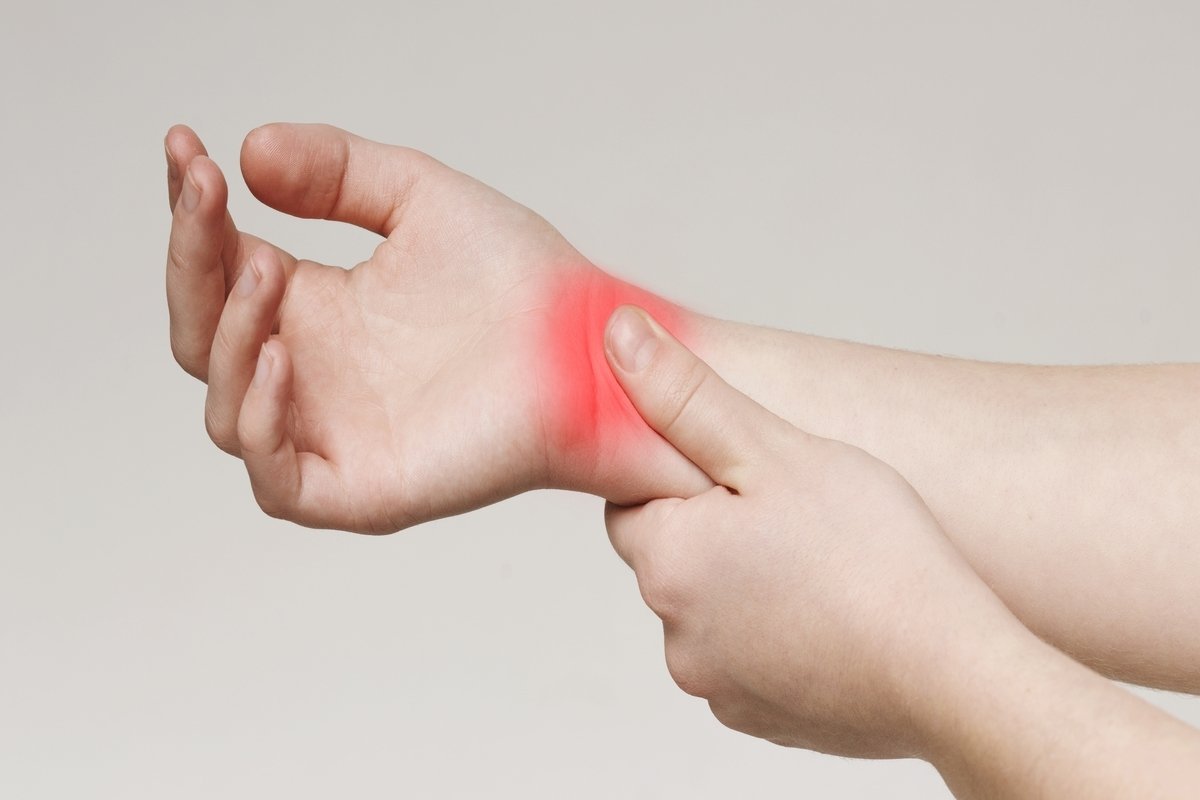Treatment for tendonitis: medication, physical therapy and surgery
Content:
Treatment for tendonitis can be done with just resting the affected joint and applying an ice pack for about 20 minutes 3 to 4 times a day. However, if it does not improve after a few days, it is important to consult the orthopedist so that a complete evaluation can be carried out and the use of anti-inflammatory or analgesic drugs and immobilization, for example, can be indicated.
In some cases, physical therapy may also be required, which may use resources such as ultrasound, exercise, or massage to treat tendon inflammation. In the most serious cases, when it does not improve with the indicated treatment and physiotherapy or when there is a rupture of the tendon, surgery may be recommended.

1. Home treatment
A good home treatment for tendonitis is ice packs as they help relieve pain and inflammation. To make the ice packs, just wrap some ice cubes in a thin towel, or diaper, making a small bag and let it rest on top of the affected area for up to 20 minutes straight.
Initially, this may cause some discomfort, but this should pass in approximately 5 minutes. This procedure can be performed about 3 to 4 times a day in the initial phase of treatment, for the first few days, and 1 or 2 times a day when symptoms subside. Check out some home remedy options for tendonitis.
2. Medicines
The orthopedic doctor may prescribe the use of medication to be taken in the form of pills or to pass on the site of pain, in the form of a cream, ointment or gel, which must be used according to the doctor's recommendation and aimed at relieving the pain. pain and inflammation.
Some of the medications that may be indicated are Ibuprofen, Naproxen, Paracetamol, Cataflan, Voltaren and Calminex, for example. Anti-inflammatory tablets should not be used for more than 10 days and always before taking each tablet it is important to also take a gastric protector such as omeprazole to protect the walls of the stomach, thus preventing gastritis caused by the drugs.
In the case of ointments, creams or gels, the doctor may recommend applying 3 to 4 times a day to the exact site of pain, with a light massage, until the skin completely absorbs the product.
3. Immobilization
It is not always indicated to immobilize the affected limb, since in most cases it is enough to rest and avoid forcing the joint too much. However, immobilization may be necessary in some situations, such as:
- There is increased sensitivity at the site;
- Pain only happens while carrying out an activity, interfering with work, for example;
- There is swelling at the site;
- Muscle weakness.
So, using a splint to immobilize the painful joint can help decrease movement, helping to relieve pain and inflammation. However, using the splint for a long time or frequently can weaken the muscles, which contributes to the worsening of tendinitis.

4. Physiotherapy
Physiotherapy treatment for tendonitis can be done through resources such as ultrasound or ice packs, massage and stretching and muscle strengthening exercises to relieve pain and inflammation of the affected tendon and to maintain movement and strength of the affected muscles.
Ultrasound can be performed using the gel suitable for this equipment or with a mixture of this gel with an anti-inflammatory gel such as Voltaren. However, not all ointments can be used in this way, as they can prevent the penetration of ultrasound waves and have no effect.
Physiotherapy sessions can be held daily, 5 times a week, or according to the person's availability. However, the closer the session is to the other, the better the results will be due to the cumulative effect.
5. Surgery for tendonitis
Surgery for tendonitis is indicated when other treatments have not been effective or when the tendon ruptures or calcium crystals are deposited at the site, and it is then necessary to scrape or sew the tendon after it has ruptured.
Surgery is relatively simple and recovery is not very time consuming. The person should stay about 5 to 8 days in a splint after the surgery and after the doctor's clearance, the person can go back in for a few more sessions of physical therapy to make a full recovery.
How to prevent tendonitis from coming back
To prevent tendonitis from returning, it is important to find out what caused it. The causes range from repetitive movements during the day, such as typing on a computer keyboard or cell phone several times a day, and holding a very heavy bag for more than 20 minutes, for example. This type of one-time overexertion or the constant injuries caused by repetitive movements, lead to tendon inflammation and consequently, localized pain near the joint.
Thus, to cure tendinitis and not allow it to reappear, these situations must be avoided, taking breaks from work and avoiding excessive physical activity, for example. For those who work seated, good posture at work is also important to prevent muscle contractures and joint overloads.
Check out more tips to relieve tendonitis in the following video:
Leave a Reply
In order to leave comments, you need to log in




0 Comments